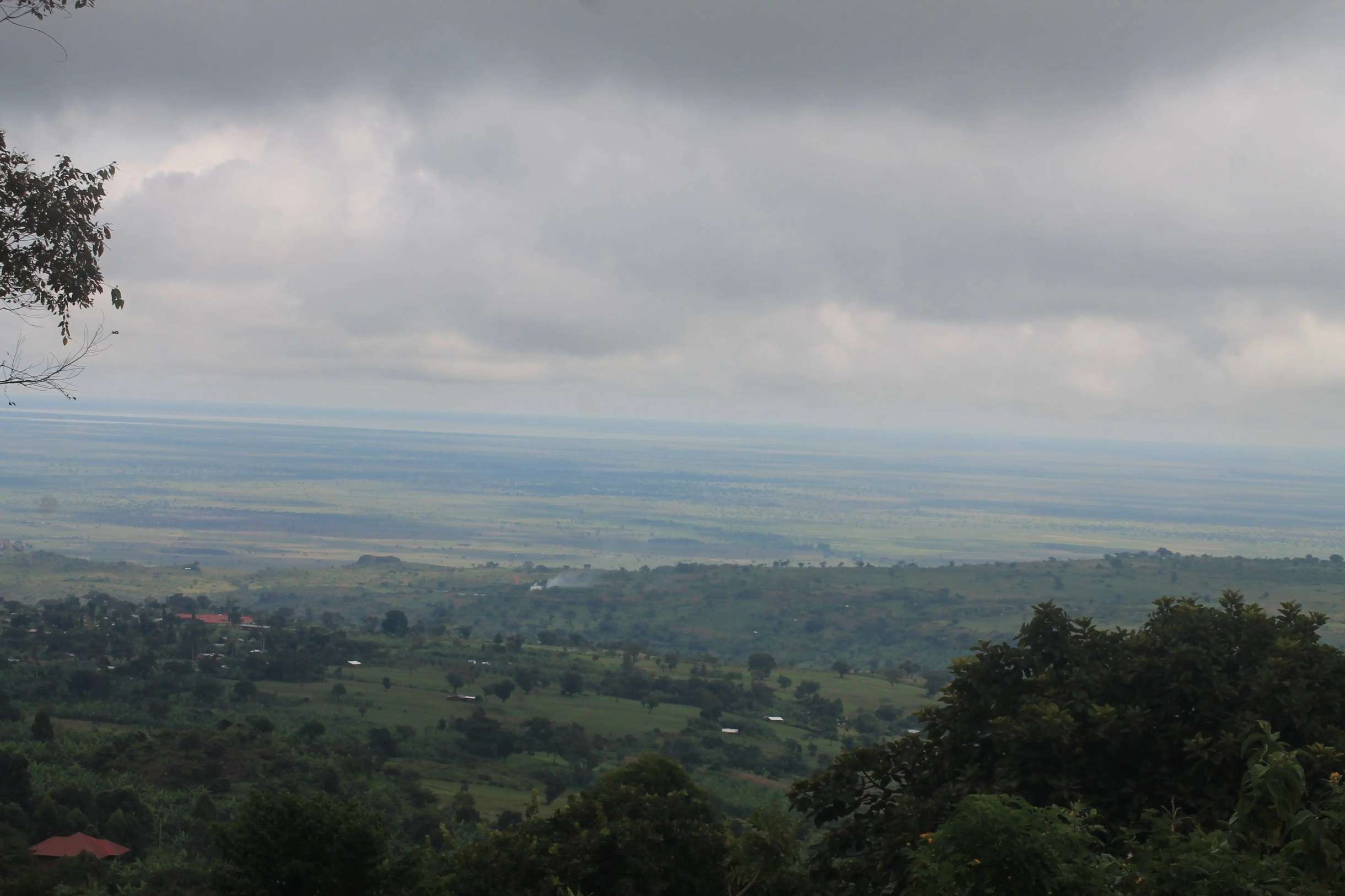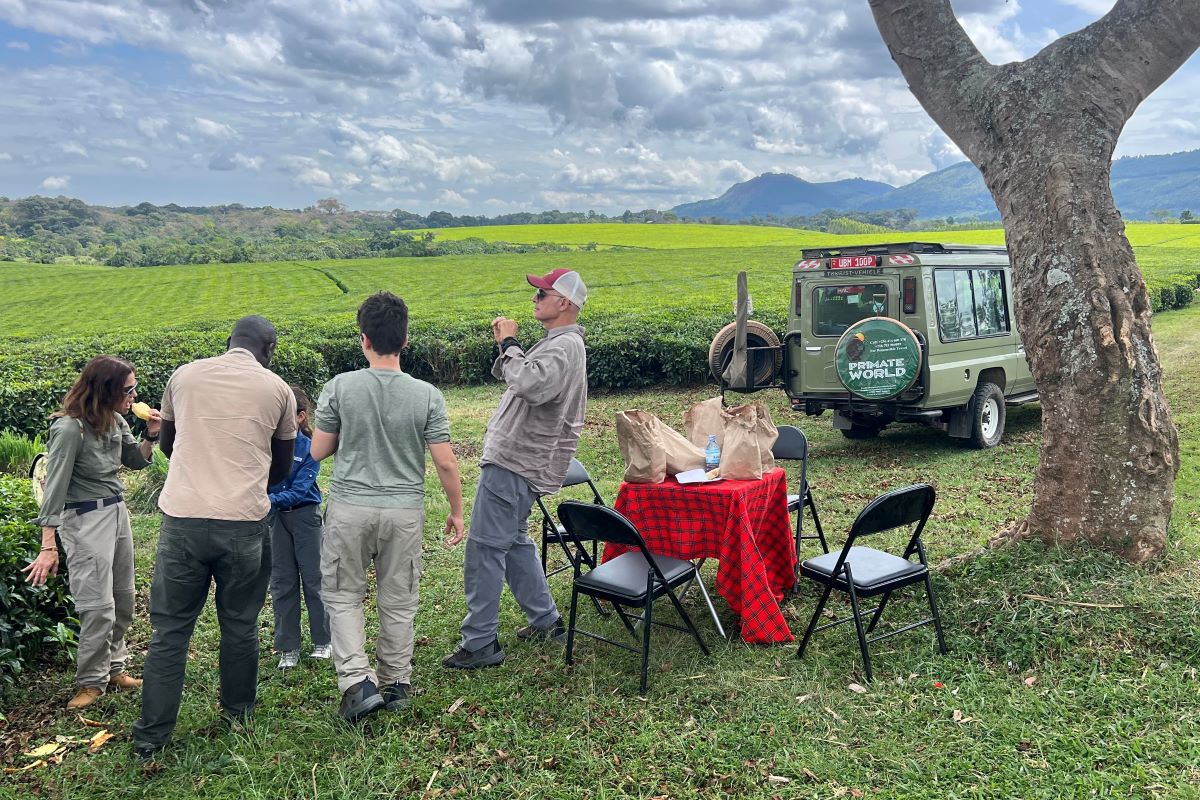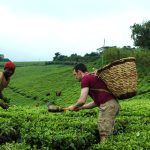Birdlife is abundant on the mountain although a variety of wildlife may also be encountered. At 4,000km² Mt. Elgon has the largest volcanic base in the world.
Located on the Uganda-Kenya border it is also the oldest and largest solitary, volcanic mountain in East Africa. Its vast form, 80km in diameter, rises more than 3,000m above the surrounding plains. The mountain’s cool heights offer respite from the hot plains below, with the higher altitudes providing a refuge for flora and fauna.
Mount Elgon National Park is home to over 300 species of birds, including the endangered Lammergeyer. Smaller antelopes, forest monkeys, elephants, and buffalos also live on the mountainside.
The higher slopes are protected by national parks in Uganda and Kenya, creating an extensive transboundary conservation area that has been declared a UNESCO Man & Biosphere Reserve.
A climb on Mt. Elgon’s deserted moorlands unveils a magnificent and uncluttered wilderness without the summit-oriented approach common to many mountains.
The ultimate goal of reaching the top of Mt Elgon is not the final ascent to the 4321m Wagagai Peak, but the descent into the vast 40km² calderas.




























